Home>Maintenance & Safety>Home Maintenance Checklists>What Size Cabinet For Trash Can
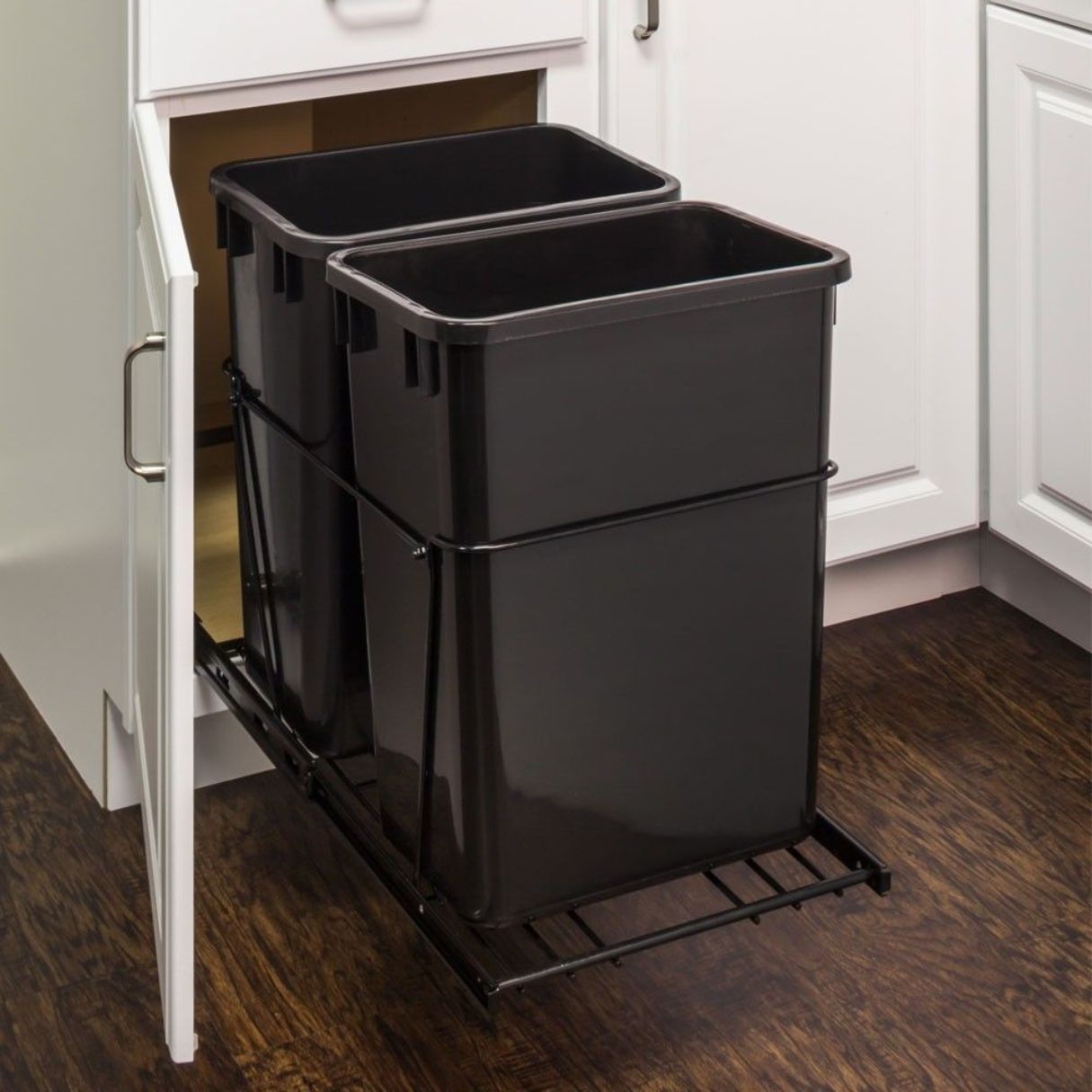

Home Maintenance Checklists
What Size Cabinet For Trash Can
Modified: February 18, 2024
Find the perfect cabinet size for your trash can with our home maintenance checklists. Get organized and maximize space in your kitchen.
(Many of the links in this article redirect to a specific reviewed product. Your purchase of these products through affiliate links helps to generate commission for Storables.com, at no extra cost. Learn more)
Introduction
Welcome to the ultimate guide on choosing the perfect cabinet size for your trash can. While it may seem like a mundane aspect of home maintenance, the right cabinet size can make a significant difference in the functionality and aesthetics of your kitchen or any other space where the trash can is housed. This comprehensive guide will walk you through the factors to consider when selecting a cabinet size, standard cabinet sizes for trash cans, and how to customize cabinet size to fit your specific needs.
The ideal cabinet size for your trash can is not only about ensuring a proper fit but also about maximizing space and convenience. Whether you are renovating your kitchen, building a new home, or simply looking to upgrade your current setup, understanding the nuances of selecting the right cabinet size is crucial. Let's delve into the key considerations and options available to help you make an informed decision that aligns with your lifestyle and design preferences.
Key Takeaways:
- Choose a cabinet size that fits your trash can and space, balancing convenience and aesthetics. Standard sizes offer a practical starting point, but customizing ensures a perfect fit for your unique needs and preferences.
- Consider factors like available space, trash can size, and user convenience when selecting a cabinet size. Standard sizes provide a good starting point, but customizing allows for tailored solutions to maximize functionality and organization.
Read more: What Size Is A Bathroom Trash Can
Factors to Consider When Choosing Cabinet Size
When determining the appropriate cabinet size for your trash can, several factors come into play. Understanding these considerations will guide you in making a well-informed decision that harmonizes functionality with your space and design goals.
- Available Space: Assess the dimensions of the area where the cabinet will be installed. Consider the height, width, and depth available to accommodate the trash can and the cabinet itself. Ensure that the chosen cabinet size fits seamlessly into the designated space without obstructing walkways or interfering with other kitchen elements.
- Trash Can Size: The dimensions of your trash can are pivotal in determining the cabinet size. Measure the height, width, and depth of the trash can, including the lid if applicable, to ensure a proper fit. Additionally, consider the type of trash can (e.g., step-on, swing-top, or sensor-activated) and its opening mechanism to account for any additional space requirements.
- User Convenience: Evaluate how the chosen cabinet size will impact user convenience. A cabinet that is too small may lead to frequent emptying, while one that is excessively large can be cumbersome to access and may lead to odors lingering for longer periods. Striking a balance that minimizes frequent emptying without sacrificing ease of use is essential.
- Interior Organization: Consider the interior layout of the cabinet. If you opt for a larger cabinet to accommodate a larger trash can or to reduce the frequency of emptying, ensure that there are provisions for organizing other items, such as recycling bins or cleaning supplies, to maximize the cabinet’s utility.
- Design Aesthetics: The cabinet size should complement the overall design of your kitchen or space. It should seamlessly integrate with the surrounding cabinetry and contribute to a cohesive and visually appealing environment. Pay attention to the materials, finish, and hardware to ensure a unified look.
By carefully considering these factors, you can narrow down the options and select a cabinet size that aligns with your practical needs and design vision, ultimately enhancing the functionality and visual appeal of your space.
Standard Cabinet Sizes for Trash Cans
Standard cabinet sizes for trash cans are designed to accommodate a range of common trash can dimensions while optimizing space utilization and user convenience. These standardized sizes are prevalent in kitchen design and offer a practical starting point for selecting the appropriate cabinet for your trash can.
Typically, base cabinets, which are commonly found in kitchens and other areas where trash disposal is necessary, come in standard widths of 12, 15, 18, 24, 30, and 36 inches. The standard depth for base cabinets is 24 inches, while the height can vary based on the specific requirements of the space and the design preferences of the homeowner.
For trash can storage, the following standard cabinet sizes are commonly utilized:
- 12-Inch Cabinet: This compact cabinet size is suitable for smaller kitchens or spaces with limited available width. It can accommodate a smaller trash can, such as a 5-10-gallon capacity, and is ideal for households with minimal waste generation.
- 15-Inch Cabinet: Slightly wider than the 12-inch option, the 15-inch cabinet provides a bit more room for a larger trash can, typically in the range of 10-20 gallons. It offers a balance between space efficiency and trash storage capacity.
- 18-Inch Cabinet: With additional width, the 18-inch cabinet can comfortably house a 20-30-gallon trash can. This size is suitable for medium-sized kitchens and households with moderate waste disposal needs.
- 24-Inch Cabinet: Offering even more space, the 24-inch cabinet is capable of accommodating a 30-40-gallon trash can. It is a versatile option for larger kitchens and households that produce a significant amount of waste.
- 30-Inch and 36-Inch Cabinets: These wider cabinet sizes are well-suited for larger kitchens and high-traffic areas. They can accommodate larger trash cans, such as those with 40-50 gallons or more, making them ideal for busy households or commercial settings.
It’s important to note that while these are standard cabinet sizes, variations and customizations are possible to meet specific needs. Additionally, the height of the cabinet, along with the presence of a drawer or additional features, can influence the overall suitability for housing a trash can.
Understanding these standard cabinet sizes provides a solid foundation for selecting an appropriate option for your trash can, ensuring seamless integration and efficient waste management in your space.
When choosing a cabinet for a trash can, measure the dimensions of the trash can first. Make sure the cabinet has enough space to accommodate the trash can and allow for easy access.
Customizing Cabinet Size for Trash Cans
While standard cabinet sizes offer a practical starting point, customizing the cabinet size for your trash can provides the flexibility to tailor the storage solution to your specific needs and spatial constraints. Whether you have unique trash can dimensions, limited available space, or a desire for a bespoke storage solution, customizing the cabinet size can address these requirements effectively.
Here are several considerations and approaches for customizing cabinet size to accommodate your trash can:
- Custom Width and Depth: If your available space does not align with standard cabinet widths and depths, custom cabinetry can be designed to precise measurements. This ensures an optimal fit for your trash can while maximizing the use of available space without compromising functionality.
- Adjustable Shelving: Incorporating adjustable shelves within the cabinet allows for versatile storage configurations. This feature is beneficial when accommodating trash cans of varying heights or when desiring additional space for organizing related items, such as recycling bins or composting containers.
- Pull-Out or Tilt-Out Mechanisms: Custom cabinets can be equipped with pull-out or tilt-out mechanisms specifically designed for trash can storage. These mechanisms facilitate easy access to the trash can while concealing it within the cabinet, contributing to a streamlined and organized appearance in the kitchen or designated space.
- Integrated Compartmentalization: Customization enables the integration of compartments within the cabinet to segregate different types of waste or recyclables. This feature promotes efficient waste management and enhances the overall organization within the cabinet.
- Height Modifications: Depending on the height of your trash can and the available space, custom cabinets can be tailored to accommodate taller or shorter trash cans while maintaining a cohesive and proportional appearance within the surrounding cabinetry.
Collaborating with experienced cabinet makers or designers can provide valuable insights and expertise in customizing the cabinet size to perfectly align with your trash can storage needs. By leveraging custom solutions, you can achieve a tailored and efficient storage arrangement that seamlessly integrates into your space while reflecting your unique preferences and lifestyle.
Conclusion
Choosing the right cabinet size for your trash can is a pivotal decision that harmonizes practicality, aesthetics, and spatial considerations. By carefully evaluating the available space, trash can dimensions, user convenience, interior organization, and design aesthetics, you can make an informed choice that enhances the functionality and visual appeal of your kitchen or designated area.
Standard cabinet sizes provide a solid foundation for selecting a suitable option based on prevalent dimensions and storage capacities. However, the ability to customize cabinet size offers a tailored approach to address unique requirements and spatial constraints, ensuring an optimal fit for your specific trash can and organizational preferences.
Whether you opt for a standard cabinet size or choose to customize the dimensions, the ultimate goal is to seamlessly integrate the trash can storage solution into your space while optimizing convenience and maintaining a cohesive design aesthetic.
By leveraging the insights and considerations outlined in this guide, you are empowered to navigate the process of selecting the perfect cabinet size for your trash can with confidence and clarity. This decision, while seemingly small, can significantly impact the overall functionality and visual appeal of your living space, ultimately contributing to a more organized, efficient, and aesthetically pleasing environment.
Embrace the opportunity to tailor your storage solution to your unique needs, and enjoy the benefits of a well-appointed and thoughtfully designed trash can cabinet that elevates the functionality and ambiance of your home.
Frequently Asked Questions about What Size Cabinet For Trash Can
Was this page helpful?
At Storables.com, we guarantee accurate and reliable information. Our content, validated by Expert Board Contributors, is crafted following stringent Editorial Policies. We're committed to providing you with well-researched, expert-backed insights for all your informational needs.
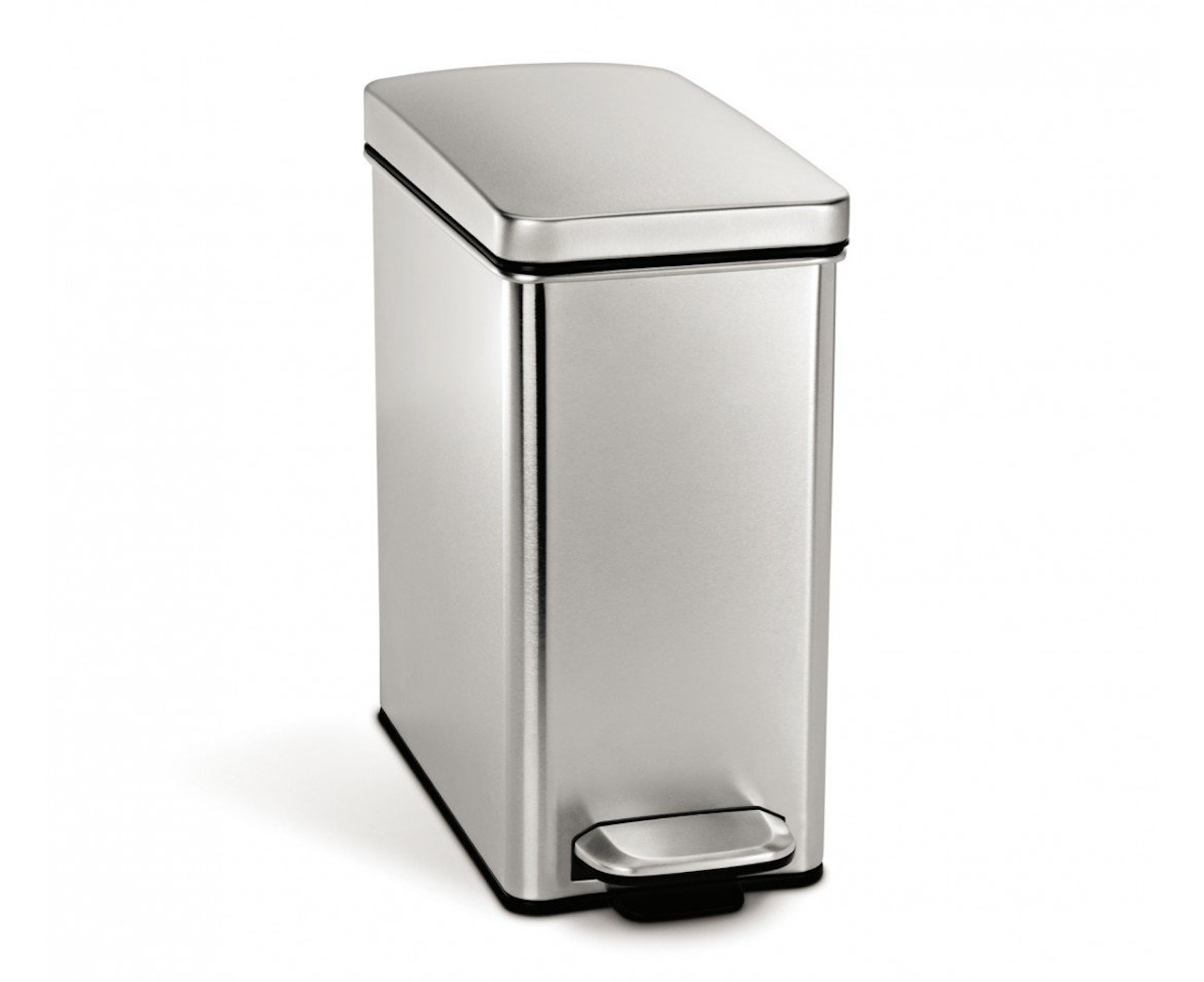
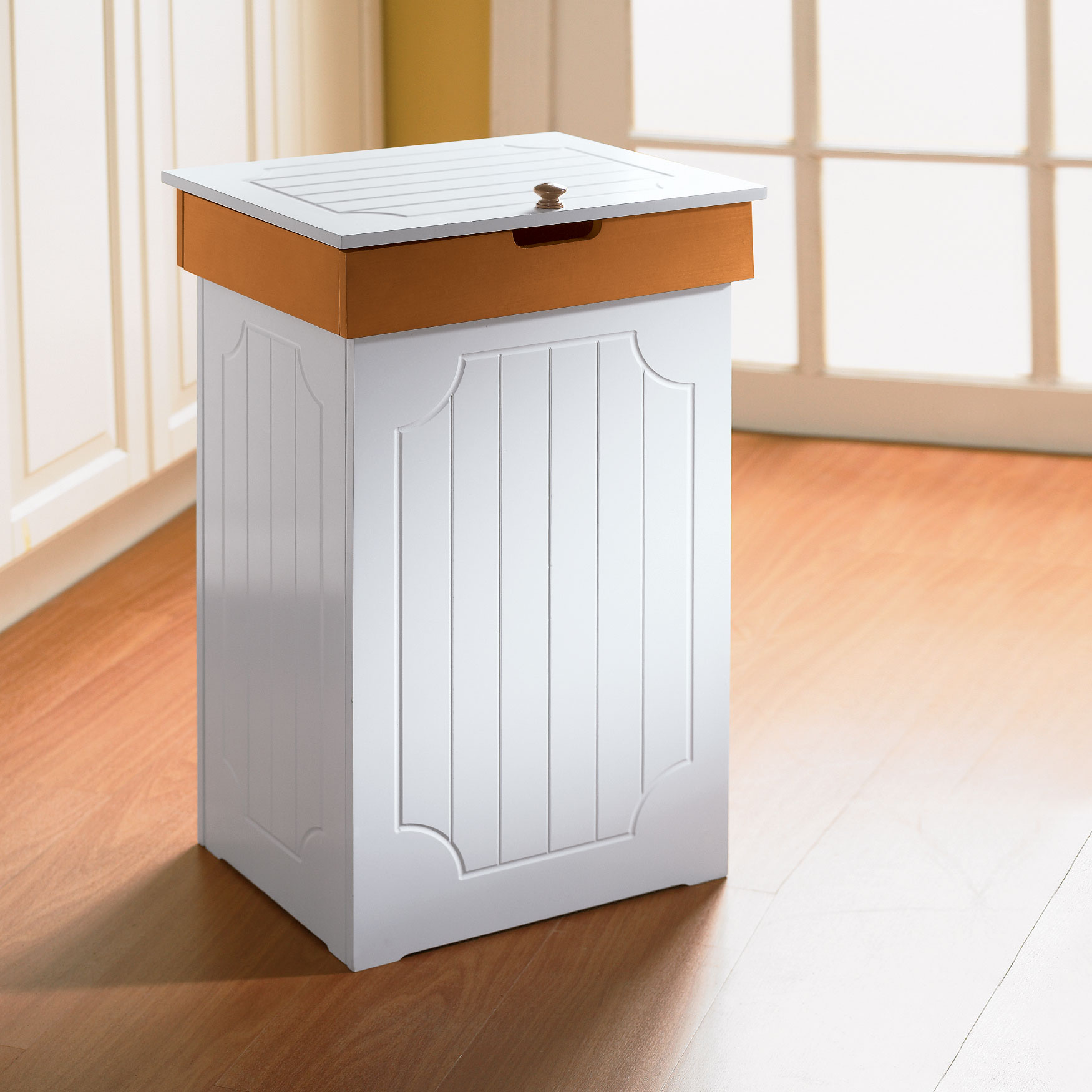
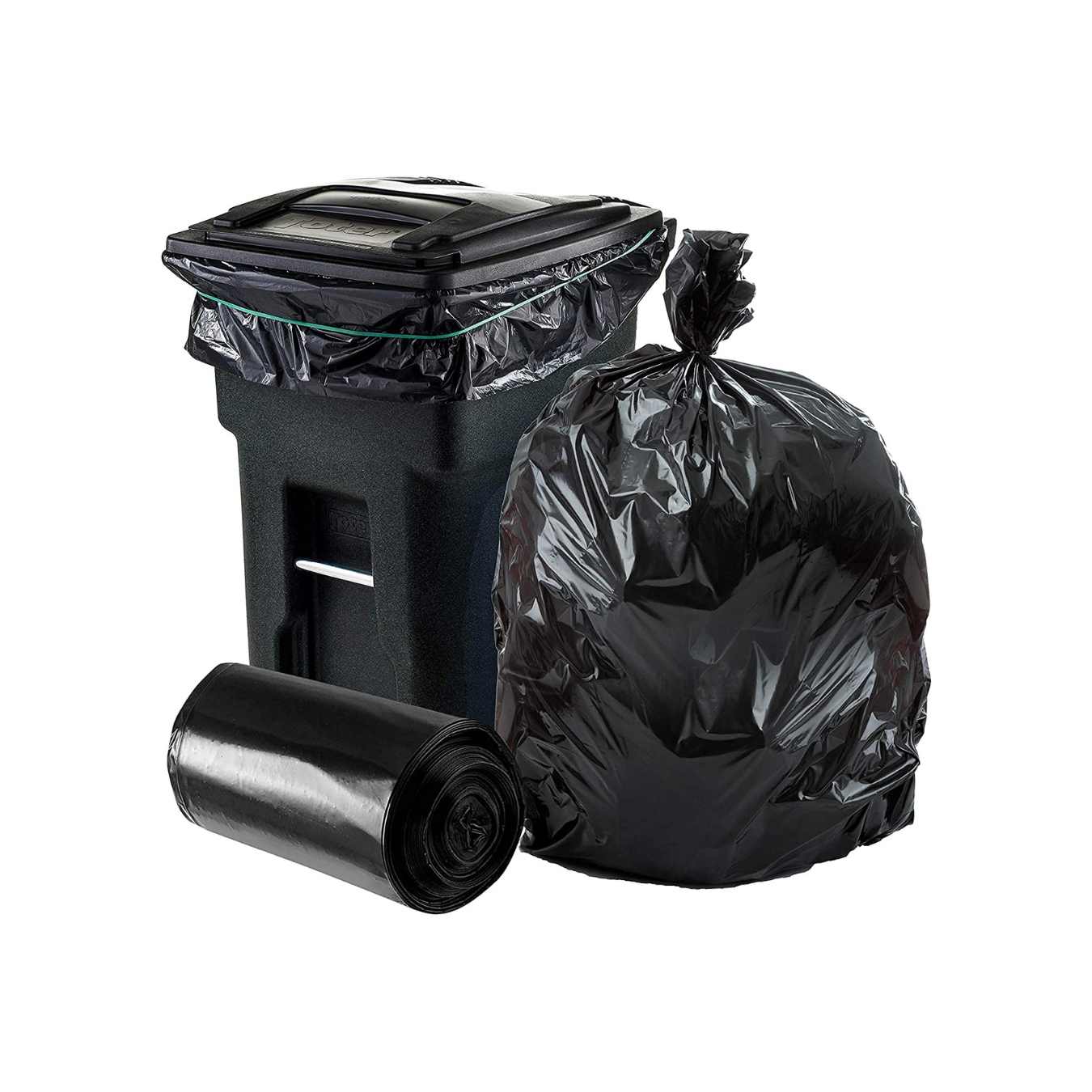
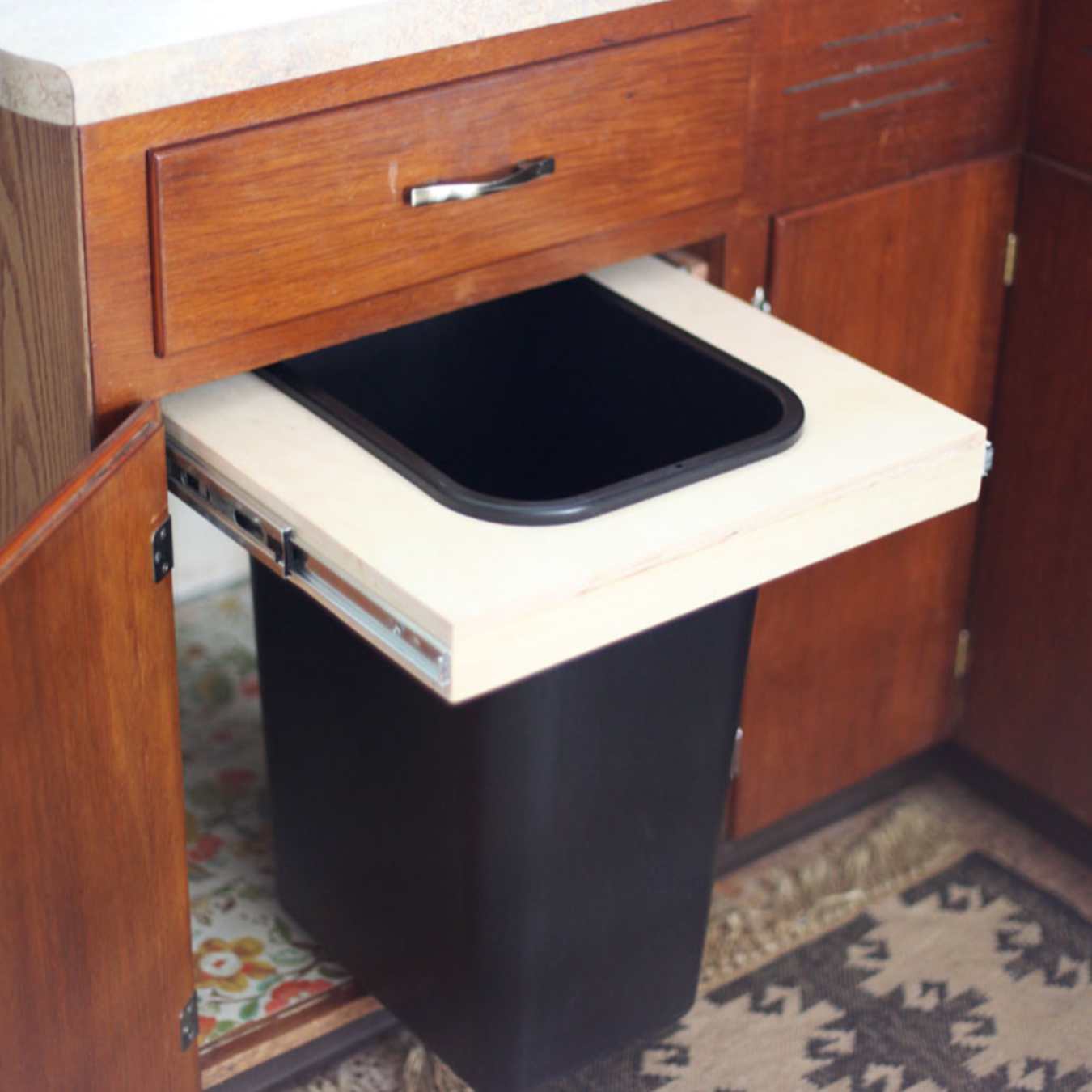
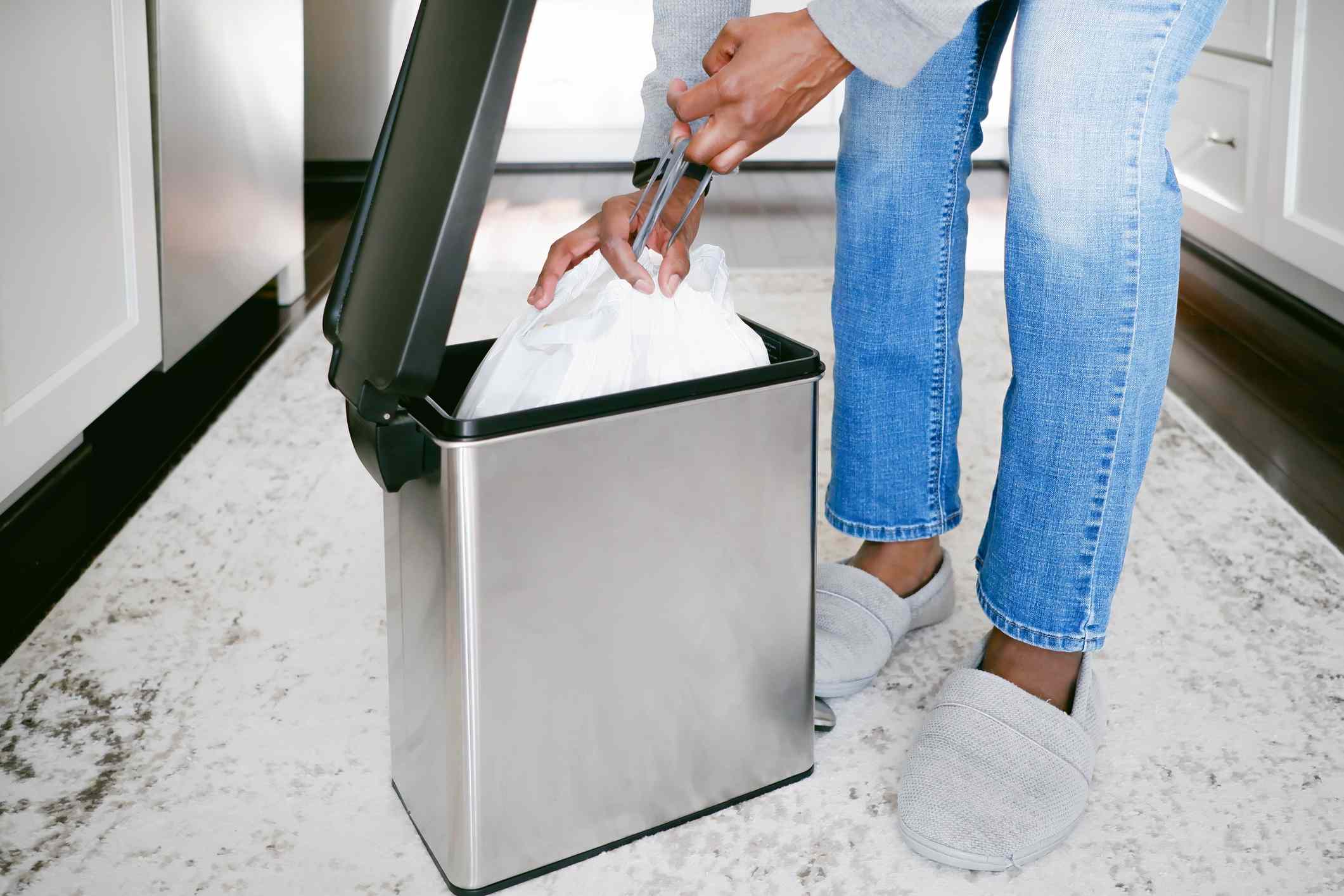
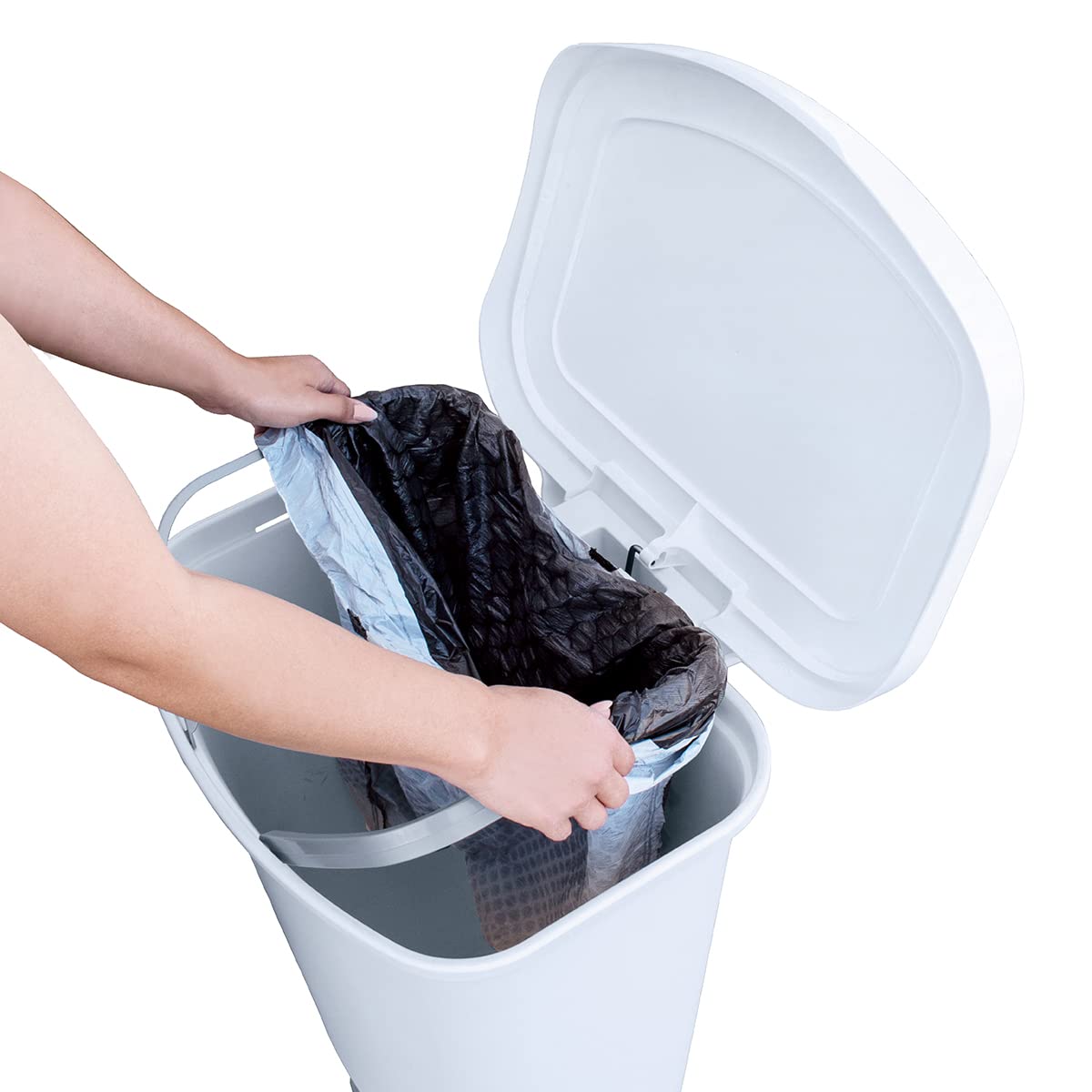
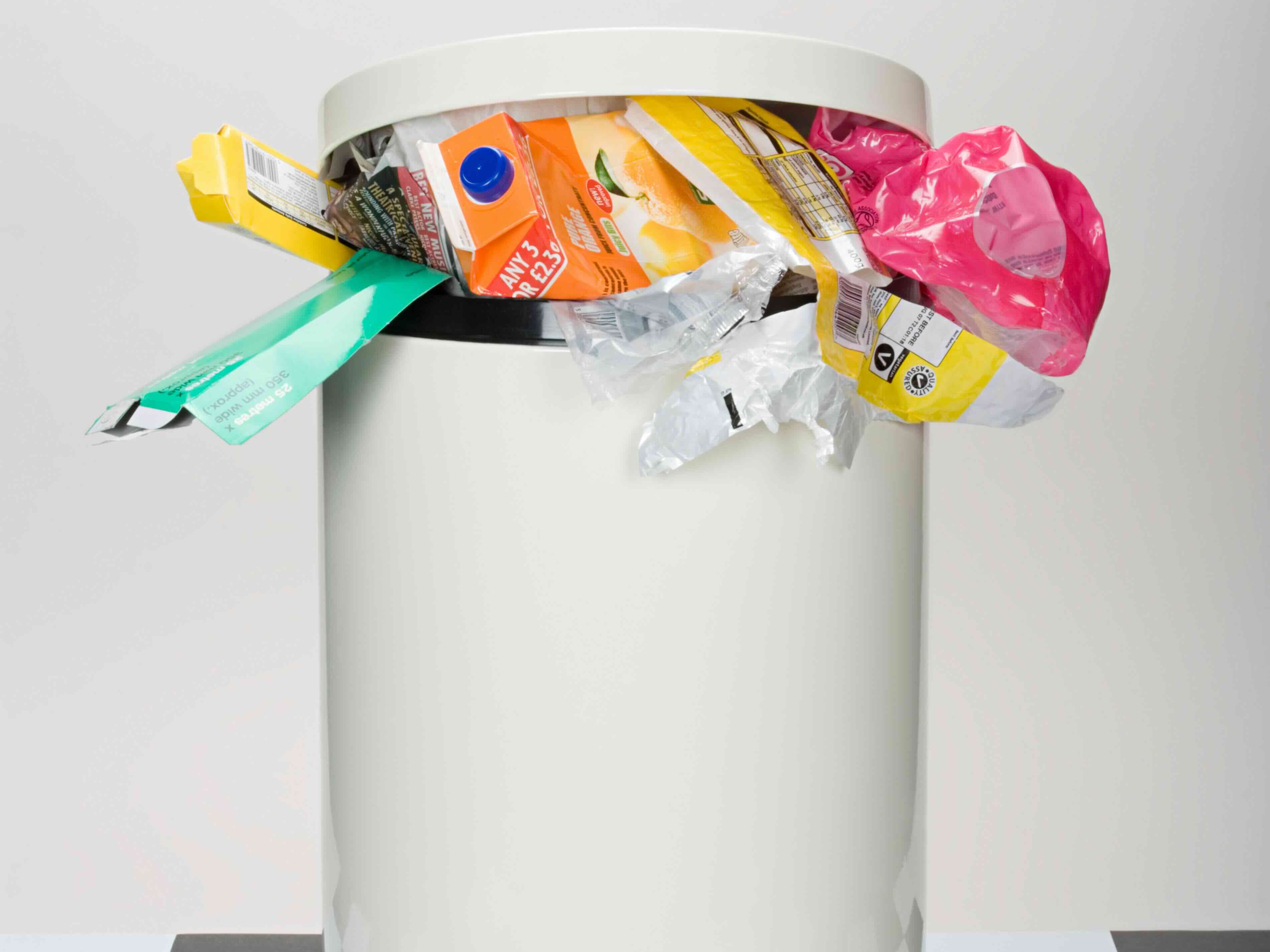
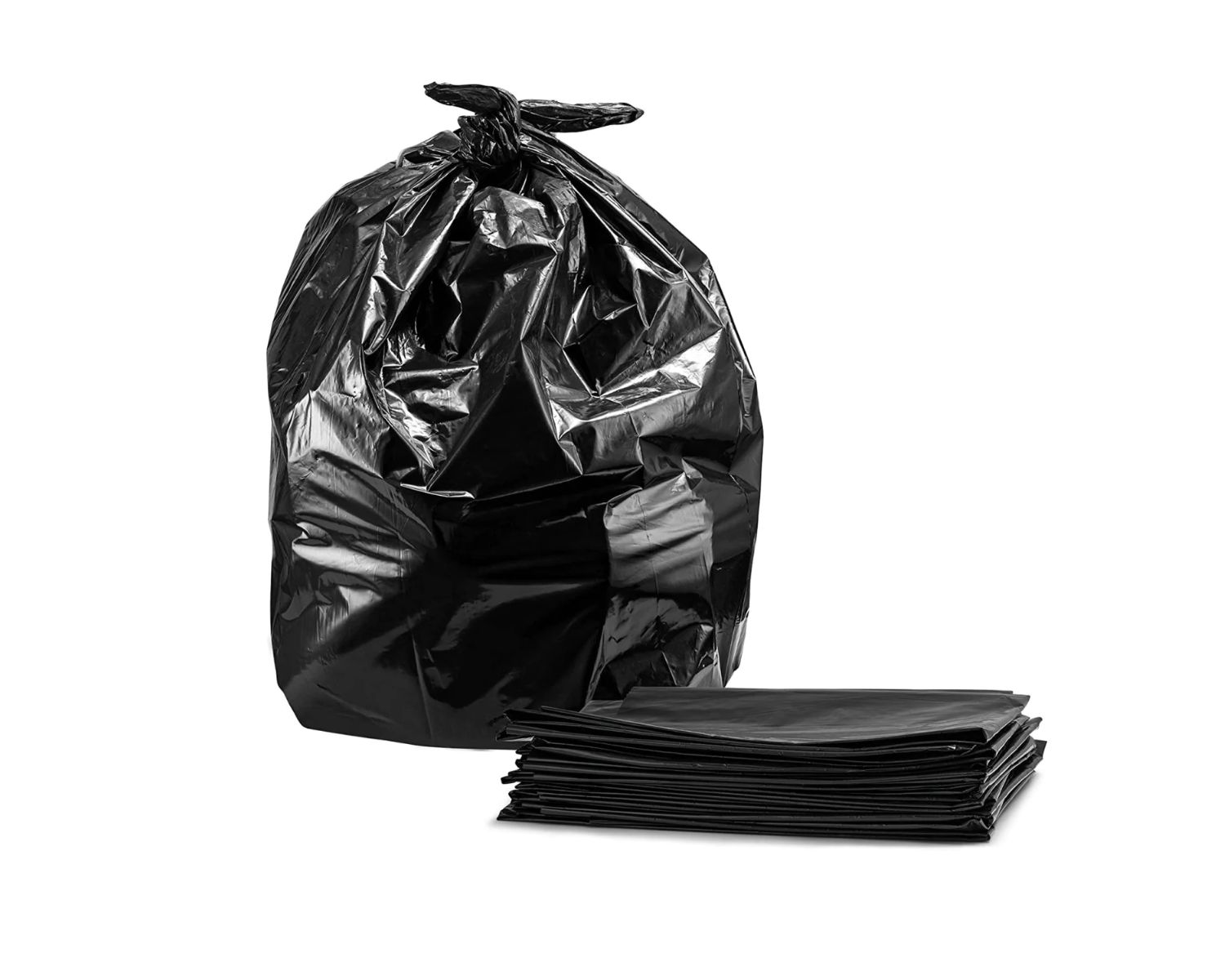
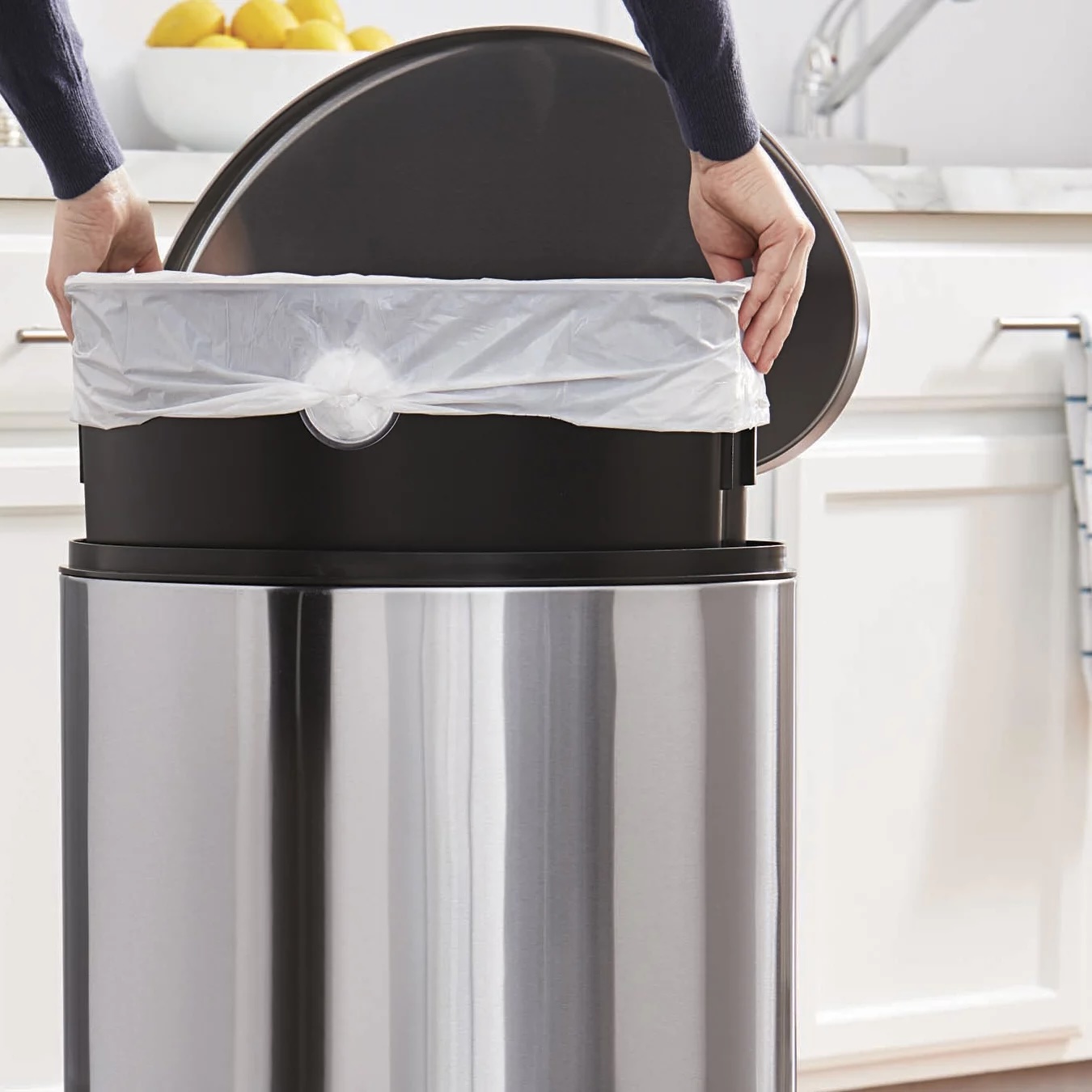
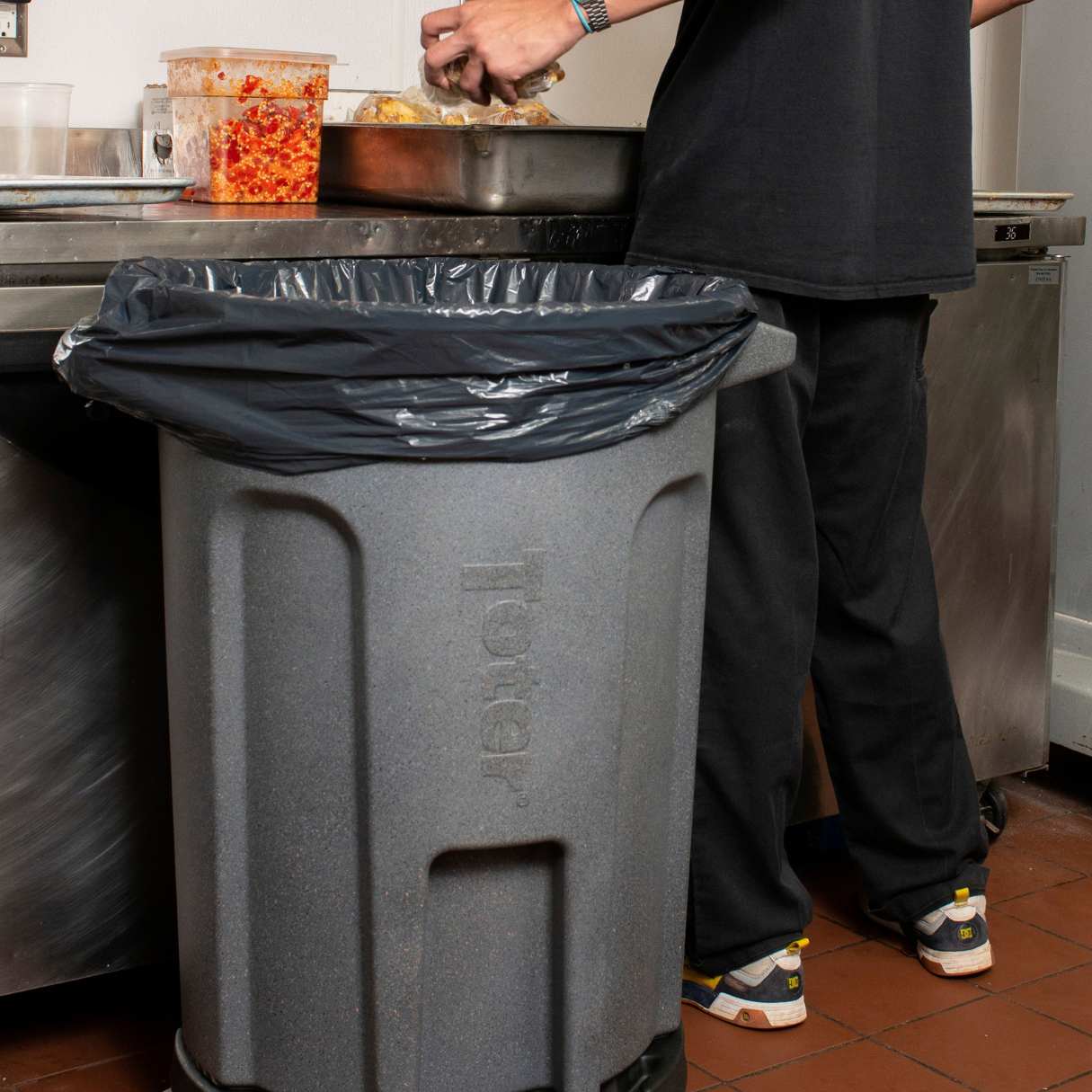
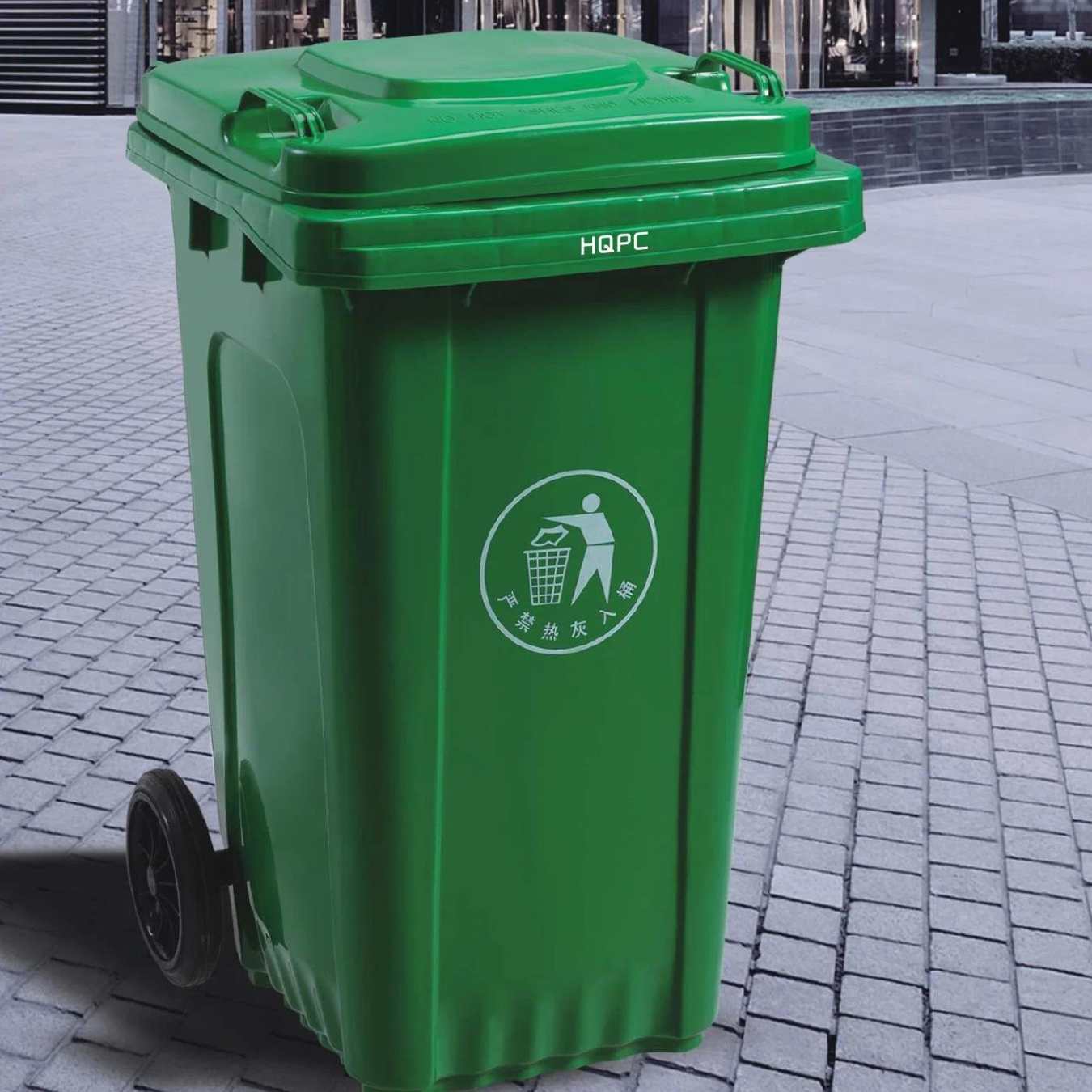

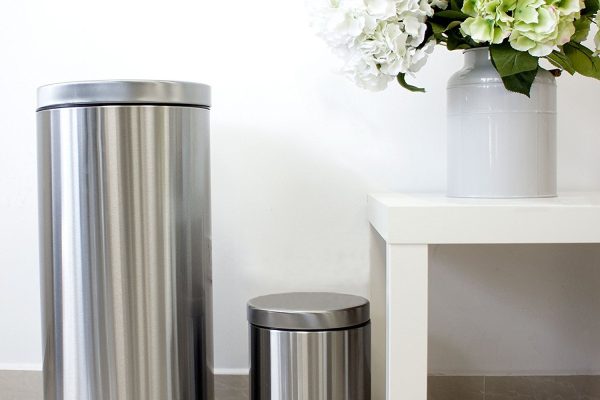
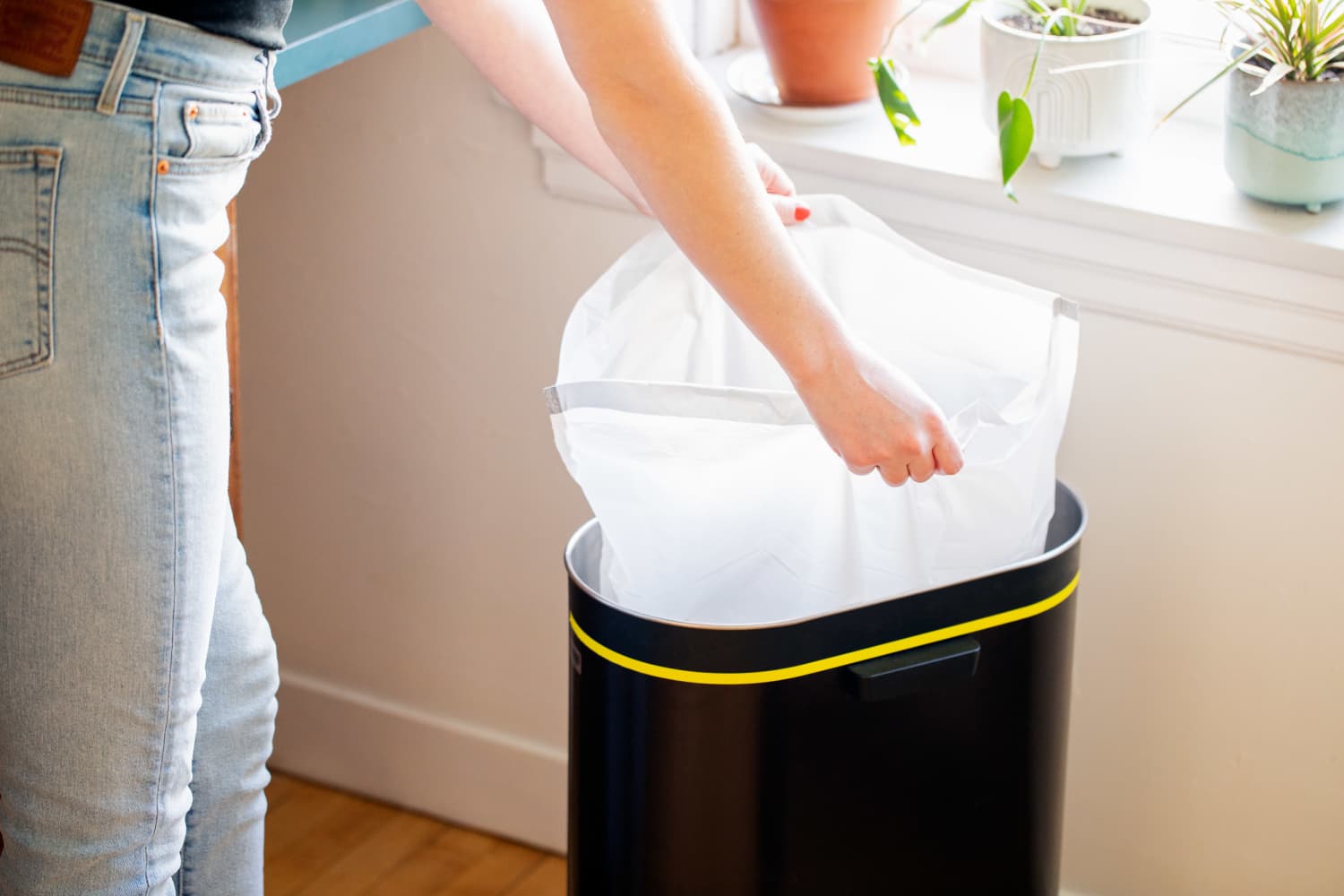


0 thoughts on “What Size Cabinet For Trash Can”